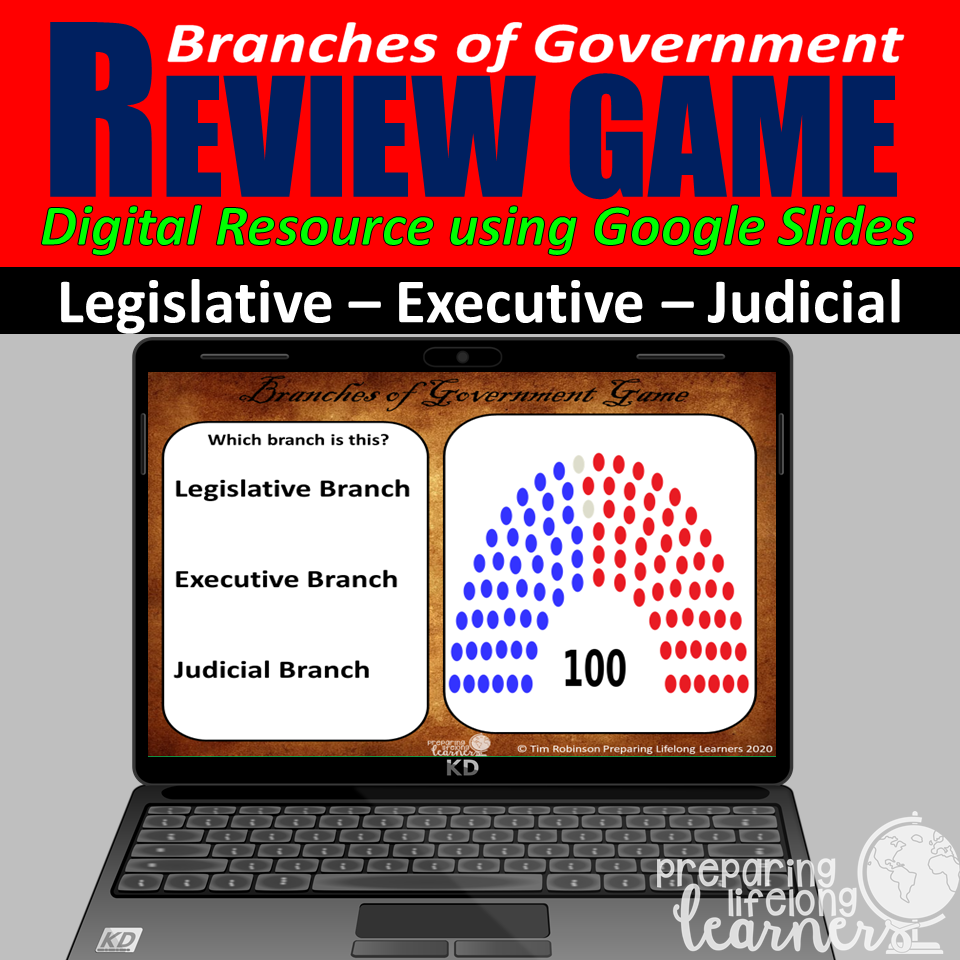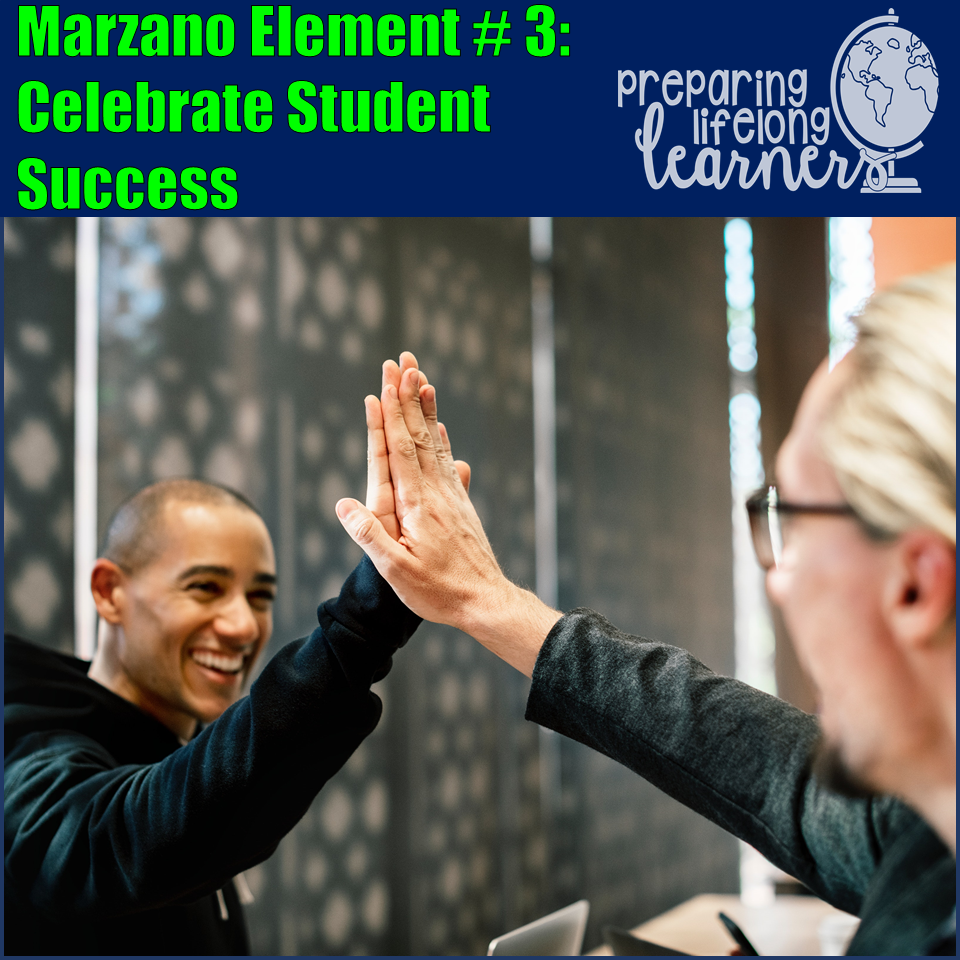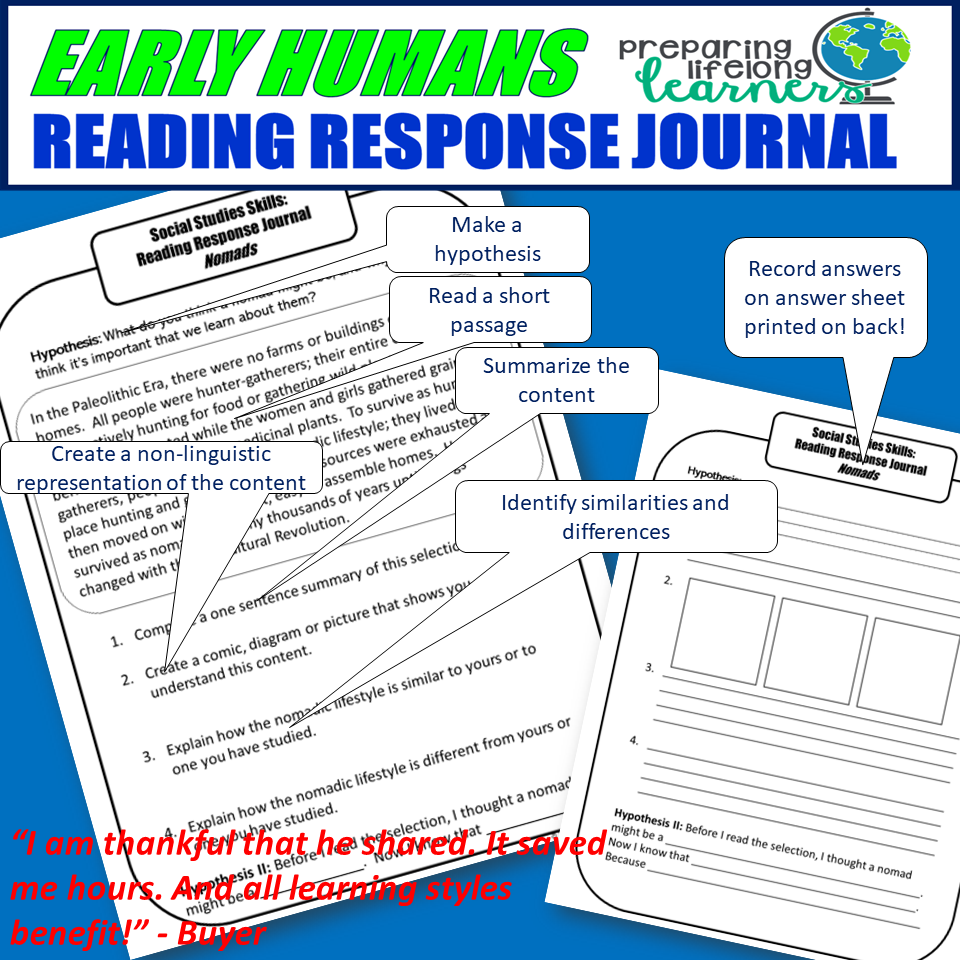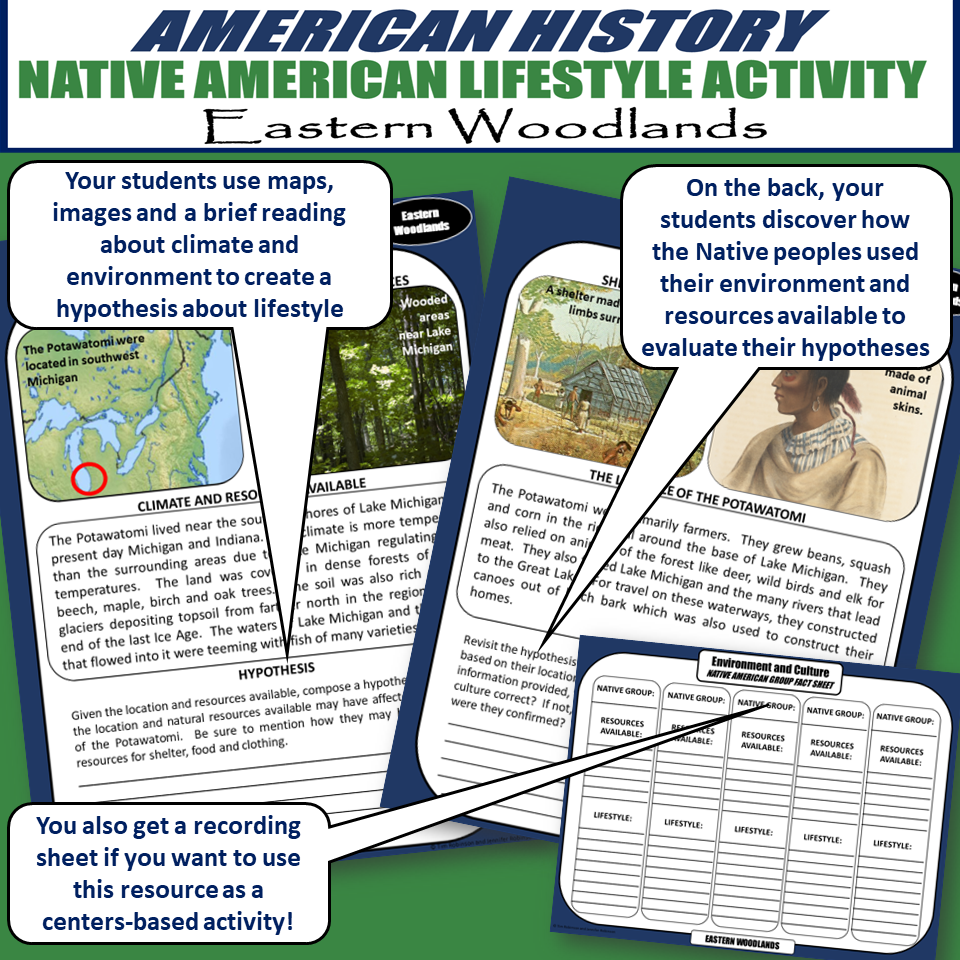|
I love reading, and as an educator, you probably do to. But, as hard as it is for us to fathom, a lot of our students don't. Some of them don't because they just haven't found the book that really inspires them to become readers (mine was Sign of the Beaver by Elizabeth Speare), some are too into technology and only like to read in 140 character chunks, and some don't because they truly struggle with it. My differentiated readings can help with all of these reluctant readers! All of my differentiated reading sets come with three interesting, short and easy to understand readings. It also includes three readings written in a bigger font and at an easier reading level for struggling readers. Each reading also comes with a content/reading comprehension question sheet that helps your students identify critical content and make connections to it while providing an opportunity for students to work on reading strategies. This week I'm highlighting my Age of Exploration Differentiated Readings. The three topics included are 1) Navigation, 2) Christopher Columbus, and 3) First Contact. Each topic has a middle school and upper elementary school leveled reading on each topic that covers the exact same content. So, click the links below for my Age of Exploration Differentiated Readings, and an earlier blog post about differentiated readings. If you like it, it's also available as part of a bundle of European Colonization Differentiated Readings that cover everything from The Age of Exploration to the Civil War. Also, be sure to check out and follow my store for more great American History resources!
0 Comments
"...I do, I remember." I left the rest of that quote out because, as educators, we've all heard it about 50 million times. When kids do things, they learn things. If you don't believe it, just watch a toddler for about five minutes. Learning by doing is an easy concept to apply to subjects like science with all their exploding experiments and cool dissections. But you cant really build a real pyramid or make a real mummy in class (although a co-worker of mine made one with a chicken once - it was really neat, but her room stunk for months). So, how can we apply the concept of learning by doing quickly and easily in Social Studies? One way is with task cards. I have several different types of task card resources available, but I'd like to focus on vocabulary task cards this week. Specifically my Continents and Other Landforms Vocabulary Task Cards. These cards give student-friendly definitions and pictures of 13 different landforms and the seven continents (20 total!) that your students can move around to make deep connections between the words, their definitions and other terms in the set as they complete various card sort activities with them. I also have a FREE vocabulary games resource that works great with these or any of my vocabulary task card sets. So, click on the links below for my Continents and Other Major Landforms Vocabulary Task Cards, FREE Vocabulary Games and some earlier posts about vocabulary task cards and other ways I integrate vocabulary instruction into my teaching. Also, be sure to visit and follow my store for other great Social Studies resources!
Sometimes a donkey needs a carrot, sometimes a stick. Carrots work better because the donkey moves toward what it wants, not away from a punishment. According to Dr. Marzano (and, apparently farmers would agree), providing praise (a carrot) is a very effective teaching element. It's not just highlighting A's and B's though. Recognize those, but really emphasize student growth. Maybe a student who got an F last time worked their butt off for a D. A D is still not proficient, but it is improvement; a step in the right direction. Recognizing that hard work and building that student up (especially if they are one of a very small number of students who were not proficient) is a very powerful tool that can really motivate lower achieving students. But what about those high achievers; those students who seem to get A's or B's regardless of apparent effort? Recognize their achievement, but celebrate and honor areas they show real growth in. Praise them for making deeper connections during class discussions or for asking great questions or for being a great leader and facilitator of learning in class. Proper praise goes a long way with most students; achievement is great, but don't forget to always highlight growth.
This week's Marzano post is universal, and can be applied to any resource or lesson, so I won't highlight any specific ones this week. However, remember to follow this blog and visit and follow my store for great Social Studies resources! When I got hired into my new district about four years ago, they were just starting the process of shifting to a Marzano approach to teaching and learning. Everything from our evaluations to lesson plans to daily instruction was ideally supposed to be Marzano aligned. Fortunately, I'd been making this transformation in my own classroom for several years and was a bit ahead of the curve. Anyway, that first year we were getting a lot of professional development about the various Marzano design questions and elements, and it got me thinking. How many Marzano elements could I meaningfully fit into one resource? At least six. My reading response journals have students generating then revisiting their hypothesis, identifying critical content while reading a selection, summarizing the main points, creating a non-linguistic representation of the content, recording critical content on the worksheet, and identifying similarities and differences in just one quick and easy activity! This week I'm highlighting my FREE Early Human Reading Response Journals. This resource comes with three reading response journal activities that cover a variety of topics relating to Early Humans. There is no key provided because the answers should and will vary widely from student to student. So, click the link below for my FREE Early Humans Reading Response Journals which is also offered as part of a bundle of World History Reading Responses, and be sure to check out and follow my store for other great World History activities!
Are you looking for a quick and engaging way to teach your students about a lot of different European explorers in a way that reaches students with many different learning styles? Well, if you are, I've got you covered! My Age of Exploration Biography Task Cards are the perfect activity to expose your students to many of the most famous figures from the Age of Exploration while they work in cooperative groups to match, sort and group the explorers based on a variety of criteria they create. You'll be amazed by the discussions, spirited debates and compromises your students will make while doing this one simple activity. So, click the link below for my Age of Exploration Biography Task Cards, and be sure to check out and follow my store for more great American History resources!
|
MEET TIMI'm an 18 year veteran teacher that loves teaching, coaching, writing, and my family.
Archives
May 2022
|











